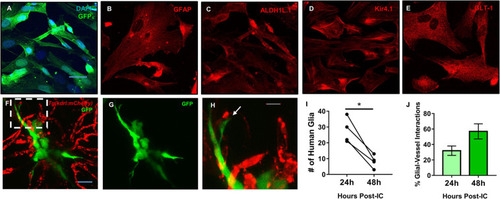FIGURE 6
- ID
- ZDB-FIG-210718-14
- Publication
- Umans et al., 2021 - Using Zebrafish to Elucidate Glial-Vascular Interactions During CNS Development
- Other Figures
- All Figure Page
- Back to All Figure Page
|
Mature human astrocytes contact developing zebrafish brain vessels. |

